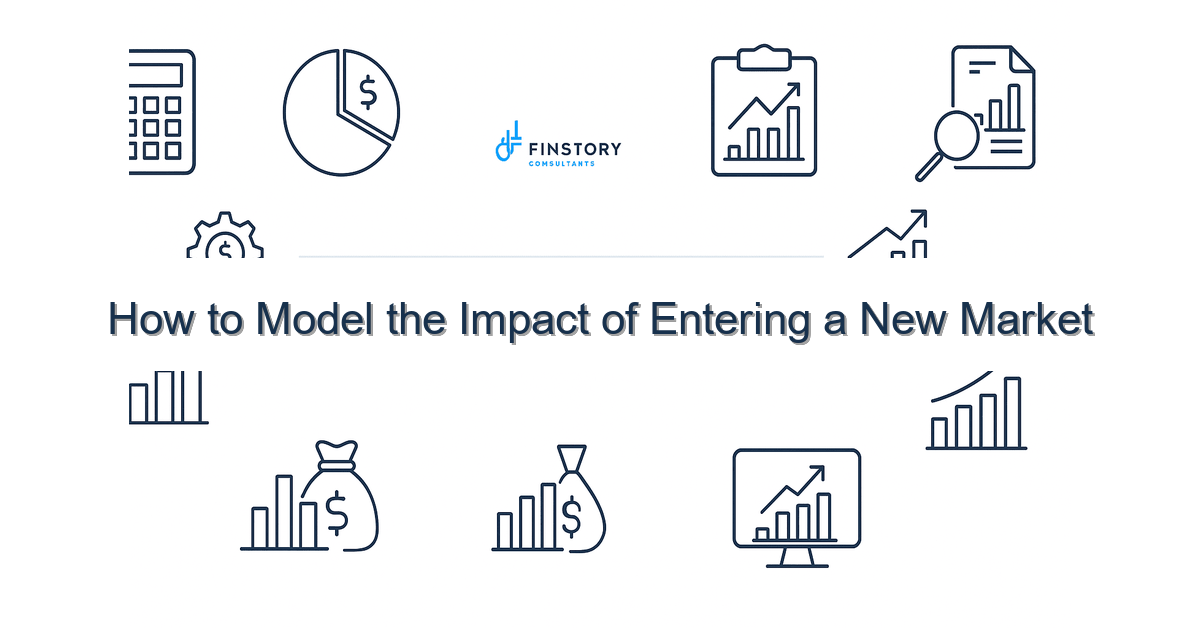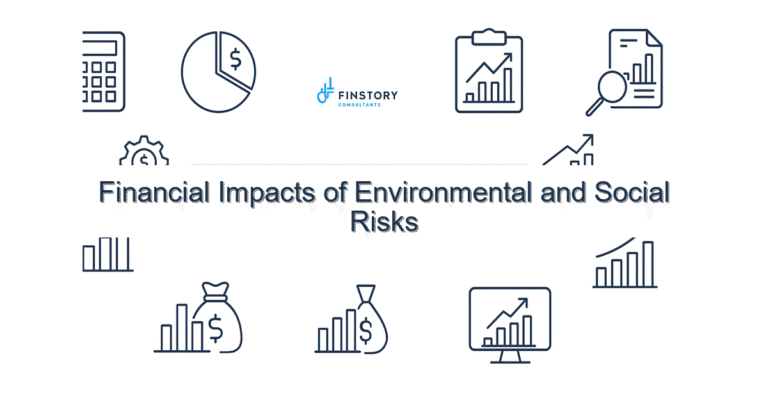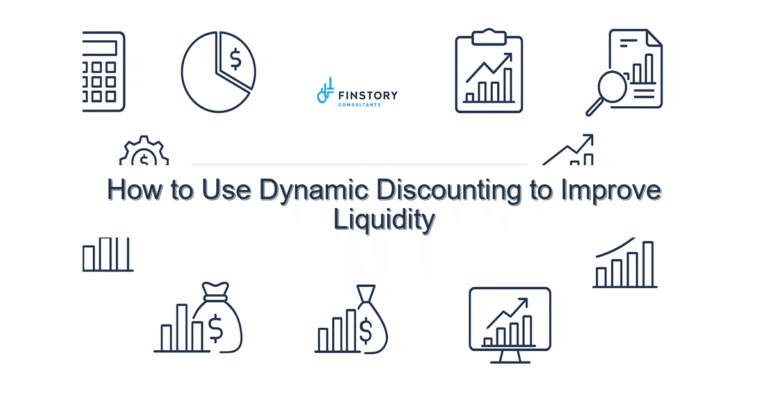How to Model the Impact of Entering a New Market
You’re staring at a slide that says “new market opportunity” and your inbox is full of optimism—and risk. You need a clear answer fast: will this expand margins or eat up cash? You’re not alone; many healthcare leaders tell me the same thing—good strategy must be matched by rigorous modeling.
Summary: Build a clear, finance-driven model to quantify the impact of entering a new market, focusing on realistic demand, cost-to-serve, and cash timing. The right model gives you a decision (go, pilot, postpone), a measurable ROI, and a repeatable process that your leadership team trusts.
What’s the real problem?
At the heart, modeling the impact of entering a new market is an uncertainty-management exercise. Leadership wants growth; operations wants predictable volumes; finance wants predictable cash. When models fail, it’s usually because assumptions weren’t linked to operations or the forecast ignored timing and capacity.
- Revenue looks attractive on paper, but utilization and payer mix are uncertain.
- Upfront investments—training, facilities, contracts—are understated or backloaded.
- Forecasts don’t connect to operational constraints like staffing or referral patterns.
- Decision timelines ignore cash runway and breakeven timing.
What leaders get wrong about modeling the impact of entering a new market
Leaders often treat the model as a scoreboard rather than a diagnostic tool. They expect a single number to answer a multi-dimensional question. Common missteps include:
- Overreliance on top-line market estimates instead of building from first principles (patients, capacity, conversion rates).
- Underestimating the cost-to-serve difference across locations or payer segments.
- Ignoring cash flow timing—assuming revenue starts day one but forgetting onboarding and claims lag.
- Creating one static forecast instead of scenario and sensitivity analysis tied to operational levers.
A better approach
Treat the model as a decision map. Here’s a 5-step framework you can start with this week.
- Define the decision and time horizon. Are you deciding to pilot, scale, or fully enter? A pilot needs 12–18 month cash flow; a full entry may need a 3–5 year horizon.
- Build from operational drivers. Forecast patients by referral sources, conversion rates, and capacity. Link utilization to staffing ratios and facility limits.
- Layer payer mix and pricing. Model reimbursement by payer segment and service line; include denials, adjustments, and collection lags.
- Model costs by phase. Separate one-time setup costs (licenses, training), fixed operating costs (rent, core staff), and variable costs (supplies per patient).
- Run scenario and sensitivity analysis. Produce conservative, base, and aggressive cases and show which assumptions move NPV or ROI the most.
Real-world story: A regional ambulatory network we advised expected break-even in month 9. By modeling payer mix and claims lag, we found break-even was month 15, requiring a 20% larger credit facility. Adjusting the launch sequence (staggered clinics) reduced cash needs and preserved the opportunity.
Quick implementation checklist
- State the decision and timeline: pilot vs. full market entry.
- Create a patient-volume build using referrals, catchment population, and conversion rates.
- Map capacity constraints: clinicians per shift, room turnover, equipment limits.
- Segment revenue by payer, service, and location; include expected AR days.
- List one-time vs. recurring costs and assign timing to each.
- Identify 5 key sensitivities (e.g., conversion rate, payer mix, average reimbursement, staffing costs, AR days).
- Run three scenarios (conservative/base/aggressive) and a tornado chart of drivers.
- Prepare a cash flow runway plan with required working capital and contingencies.
- Draft dashboard metrics for leadership: NPV, payback months, cash runway, utilization %, and EBITDA margin.
What success looks like
Measure both the model’s accuracy and the business outcomes it enables. Typical targets for a well-modeled market entry:
- Forecast accuracy: revenue within ±8–12% at 12 months (improves to ±5% by year 2).
- Cycle time: model refresh and reporting reduced from monthly to weekly for key KPIs.
- Cash visibility: runway modeled to the week with clear triggers for additional funding.
- ROI clarity: positive NPV or defined payback under base case; break-even month identified.
- Operational alignment: staffing plans and capacity tied to forecasted volumes with <10% overstaffing buffer.
Risks & how to manage them
Top risk 1 — Demand overestimation. Mitigation: run conservative scenarios, verify referrals with providers, and pilot in a limited catchment.
Top risk 2 — Cash shortfall from payment lag. Mitigation: model AR days by payer, negotiate upfront payments or milestones, and secure a short-term credit line sized to worst-case runway.
Top risk 3 — Operational bottlenecks (staffing, equipment). Mitigation: stage the launch, cross-train staff, and include contingency staffing costs in the model.
Tools & data
Use tools that automate repeatable tasks and surface insights fast. Finance automation platforms reduce manual input errors and accelerate scenario runs. Power BI (or similar) is ideal for leadership reporting—embed key KPIs, driver charts, and scenario toggles so non-finance leaders can interact with the model.
Data sources to prioritize: historical case-mix and utilization, payer contracts, regional referral data, and AR days by payer. If you need a robust template, our financial modeling resources and forecasting services can be adapted to healthcare market-entry analysis. For healthcare-specific market-entry reads, see our market entry for healthcare guide.
FAQs
Q: How detailed should the first model be?
A: Start with a three-statement model tied to patient-volume drivers. Enough granularity to test key assumptions (volume, payer mix, costs), but not so detailed you can’t iterate quickly.
Q: What’s the right time horizon?
A: For pilots, 12–18 months. For strategic market entry, 3–5 years to capture ramp and payback effects.
Q: Should I include qualitative factors?
A: Yes—capture nonfinancial risks (regulatory, brand impact, strategic fit) and score them alongside financial outputs. Use them to inform which scenario is acceptable.
Q: How often should the model be updated?
A: Weekly for cash and utilization during launch; monthly for P&L and variance analysis once stable.
Next steps
If you want to move from question marks to a decision you can defend, begin with a two-week diagnostic: we’ll validate key drivers, build a pilot-case model, and lay out funding needs. That clarity alone often changes the conversation from “maybe” to a confident decision.
Work with Finstory. If you want this done right—tailored to your operations—we’ll map the process, stand up the dashboards, and train your team. Let’s talk about your goals.
Ready to model the impact of entering a new market with a trusted partner? Contact Finstory for a tailored engagement—financial modeling, forecasting, and leadership reporting that healthcare CFOs trust.
📞 Ready to take the next step?
Book a 20-min call with our experts and see how we can help your team move faster.
Prefer email or phone? Write to info@finstory.net
or call +91 44-45811170.






